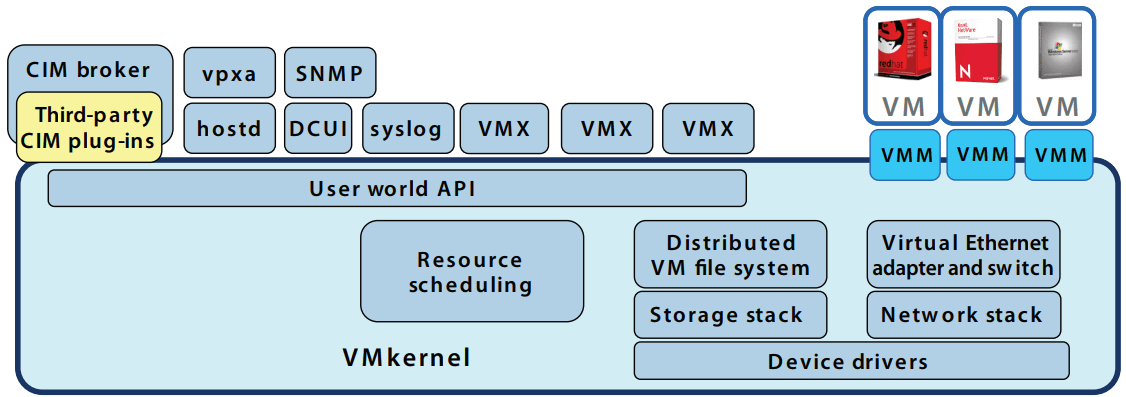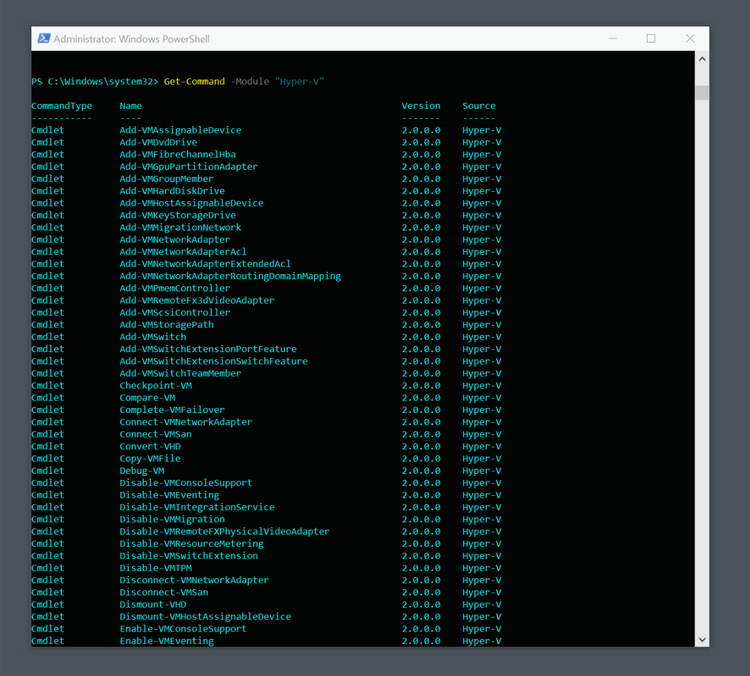
Thanks - yes, that's the original discussion and I still believe it's wrong - at least, until the point you might add: "Re-install my Win10 OEM media inside of the hypervisor." I'm looking for definitive citations. I know the above was from an old comment but, when I see information that appears to be incorrect, I like to confirm: Am I on the right track? Can anyone definitively confirm? Unless, of course, he meant: "And THEN, you go re-install your W10 OEM OS into the hypervisor." Now, if you were to do a "fresh install" of Windows 2012 Hypervisor full package, and overwrite your OEM Windows 10 then, yes, you have changed the entire OS that you are running but that's totally separate from running just a Hyper-V role on your Windows 10 system. The overarching Windows 10 OS and its native layer do not change they are still there and you still are running a physical Windows 10 installation.

Instead, it becomes a "VM host" aka "hypervisor," allowing you to run VMs under that hypervisor role. As far as I know, your system does not, in any sense (not with Oracle Hypervisor nor with Hyper-V) "become" or "get converted to" a VM.

What he said is much like saying, "When you install Oracle VirtualBox on your Windows 10 machine, then your Windows 10 machine 'becomes' a VM " and that's just not true. What it does is add the 2012 Hypervisor application or module, allowing your Windows 10 OS to be a hypervisor for creating VMs that operate underneath that hypervisor.

Simply adding the "Hyper-V" role to your Windows 10 machine does not, in fact, magically change your OS installation into a VM. It still gets presented to you as a physical installation, but it's not." Once you install the Hyper-V role, your OS installation is now a VM. "If this was the case, Microsoft Hyper-V Server 2012 on Windows 10 OEM wouldn't be allowed.


 0 kommentar(er)
0 kommentar(er)
